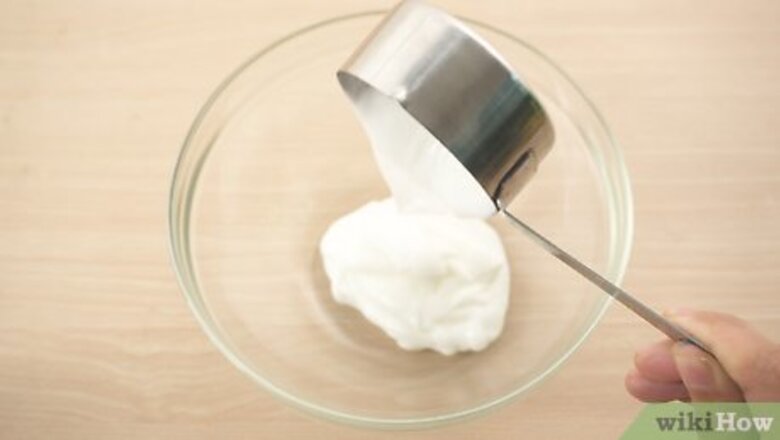
views
Using Conditioner and Cornstarch
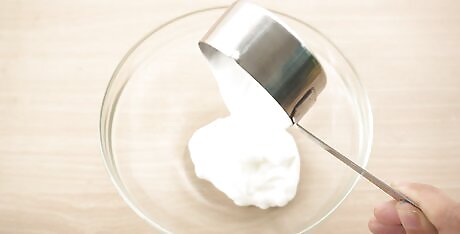
Pour ⁄2 cup (120 ml) of conditioner into a bowl. Pick something that smells nice to you. Your play dough will also turn out the same color as the conditioner, so choose wisely. If you want to make your own color, choose white conditioner. You can use any brand of conditioner. Cheap brands work the best.

Add some food coloring, if desired. Start with 1 to 2 drops. Stir them in, then add more if you want to. If your conditioner is already colored, and you want a deeper color, make sure that you use the same color of food coloring.
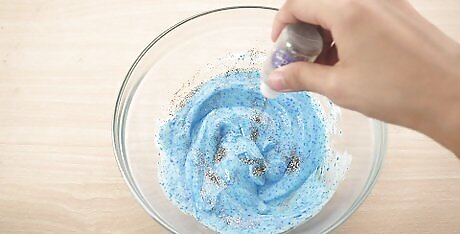
Add some glitter for sparkle, if desired. You can use the same color of glitter as your conditioner or food coloring, or you can use a different color. Extra-fine glitter will look the best, but you can use the regular, chunky kind too. Start with a pinch of glitter, then add more if desired.
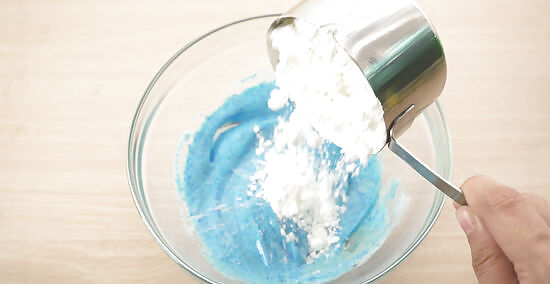
Stir in 1 cup (120 g) of cornstarch. The dough will be crumbly at first, but then it will turn smoother the longer you work with it. Once it starts to look like frosting, transfer it to a smooth counter or cutting board. If you can't find any cornstarch, try cornflour instead.
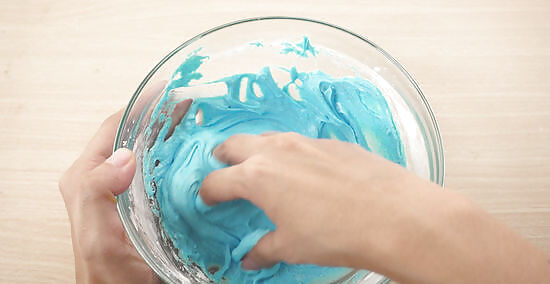
Knead the dough, adding more cornstarch if needed. The longer you knead the dough, the more solid it will become. Plan on kneading it for about 1 minute. If the dough feels too sticky while you are kneading it, you can always add more cornstarch. If the play dough seems too firm or too dry, squeeze a dollop of conditioner into the mixture and continue kneading.
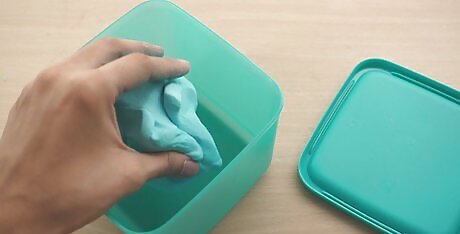
Store the dough in a plastic container. This will help keep the dough soft when you are not playing with it and prevent it from drying out.
Using Flour, Salt, and Oil
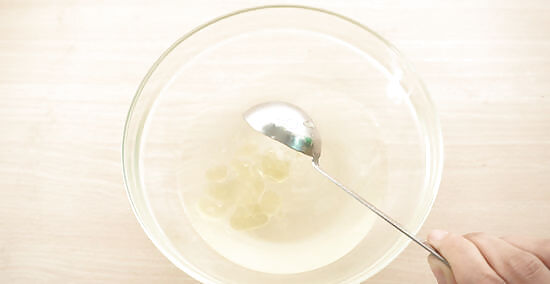
Mix the water, lemon juice, and oil together in a large pot. Measure out ⁄4 cup (180 ml) of water and pour it into a medium sized pot. Stir in 3 tablespoons (44 ml) of lemon juice. Then, stir in 1 tablespoon (15 ml) of vegetable oil. You can use fresh lemon juice or bottled lemon juice. If you are using fresh lemon juice, be sure to strain out the pulp and seeds!
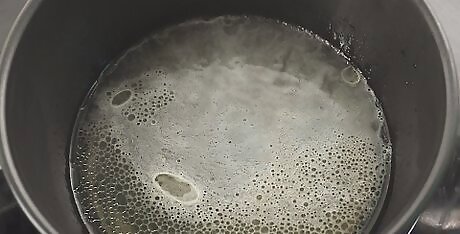
Heat the mixture over medium-low heat until it's just about boiling. Put the pot on your stove burner and turn the heat to medium-low. Let the mixture heat up slowly.
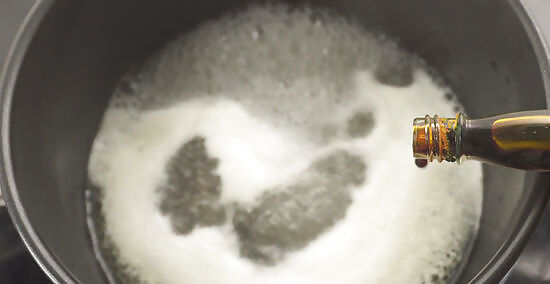
Stir the food coloring or powdered Kool-Aid into the mixture. You can stir in 4-5 drops of food coloring to add color to the play-dough. If you want to add color and fragrance, whisk in 2 packages of powdered Kool-Aid. If you want an extra vibrant hue, you can use both! You can adjust the amount of food coloring or Kool-Aid you use to alter the shade. Be sure to use unsweetened Kool-Aid, otherwise the play dough will turn out too sticky.
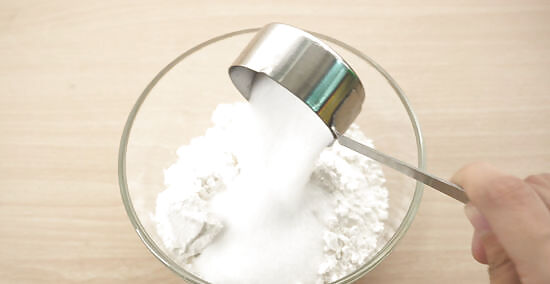
Mix the flour and salt together in a separate bowl. Pour 1 cup (120 g) of all-purpose flour into a mixing bowl. Add ¼ cup (75 g) of table salt. Stir them together with a spoon. Use white, all-purpose flour, not whole wheat. Use table salt, not rock salt or sea salt.
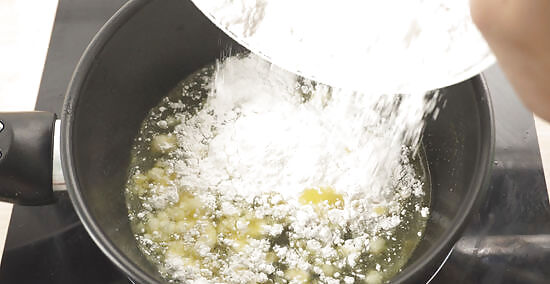
Add the flour mixture gradually to the hot liquid mixture in the pot. Make sure you pour slowly and stir continuously as you pour. This will keep hard, uneven lumps from forming in your play-dough!
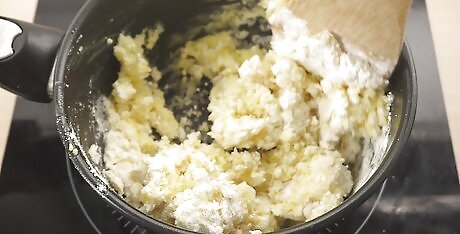
Keep stirring until the mixture forms a dough ball. As you stir, the dry ingredients will absorb the wet ingredients and form into a dough ball. Once all of the liquids have been absorbed, you can stop stirring. If the mixture seems too sticky, flatten the dough on the bottom of the pot and let it sit for a few seconds. Then, flip it over and do the same for the other side. You can flip back and forth until you reach your desired consistency. Be sure not to overcook the dough! Keep in mind that it will get firmer once it cools down.
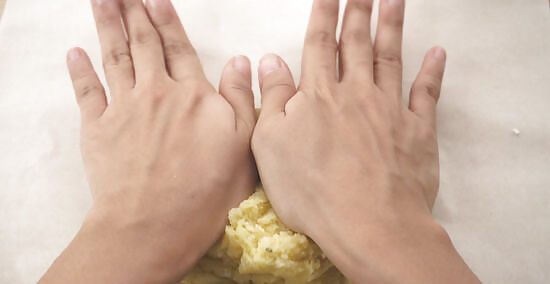
Knead the dough ball for 1-2 minutes to finish combining it. Turn the dough ball out onto wax paper. If it's too hot to touch, let it cool down for a few minutes. Then, knead the play-dough for 1-2 minutes to complete the process.

Allow the dough to cool off before storing it in the fridge. Once the dough has cooled off, you can store it in a plastic container with an air-tight lid in the fridge. 1 batch makes enough to fill a 16-ounce plastic container. You don't have to store the play-dough in the fridge, but it will last longer that way.

















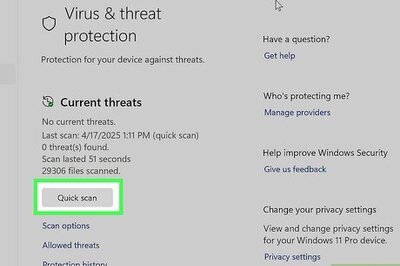


Comments
0 comment